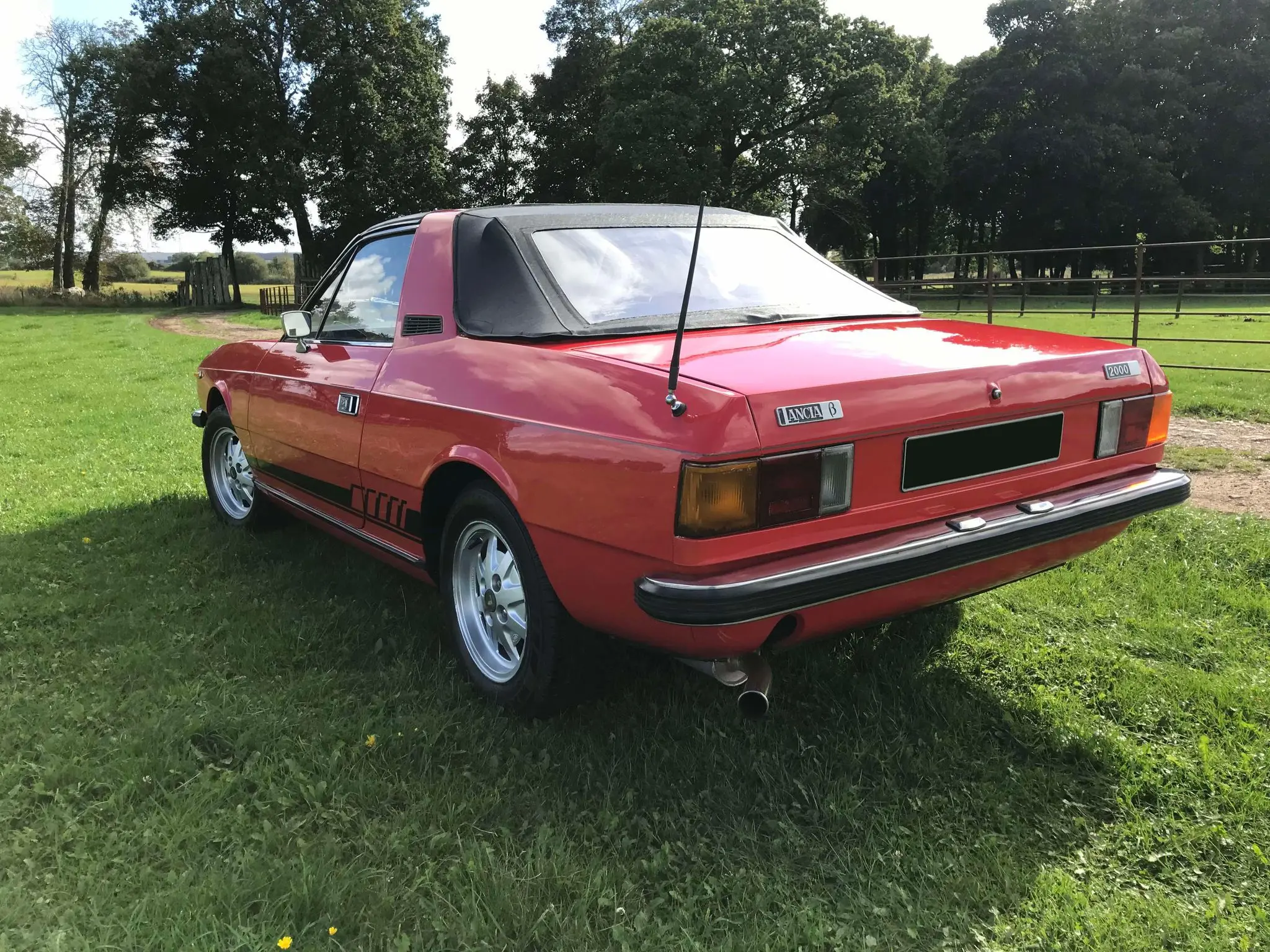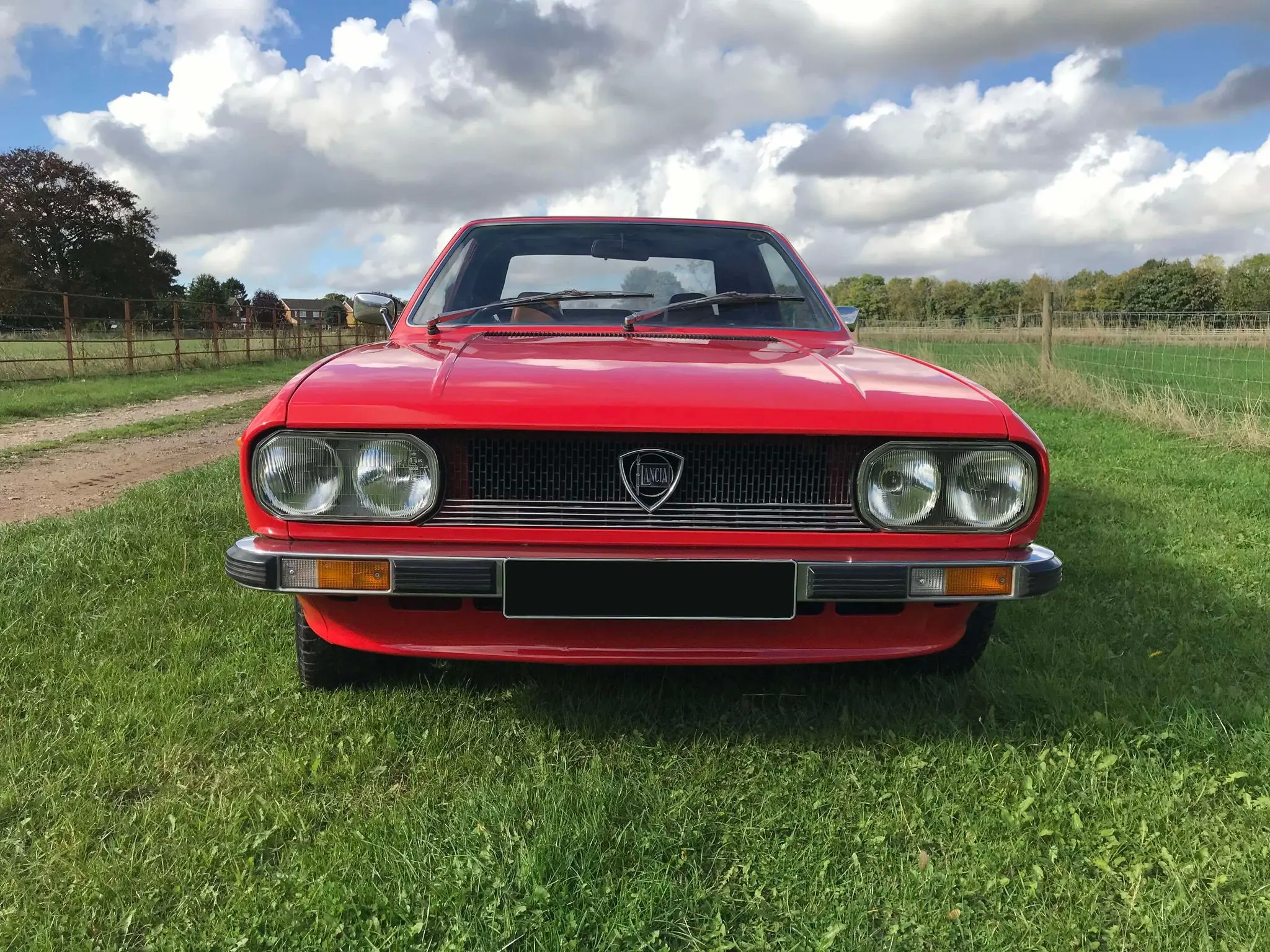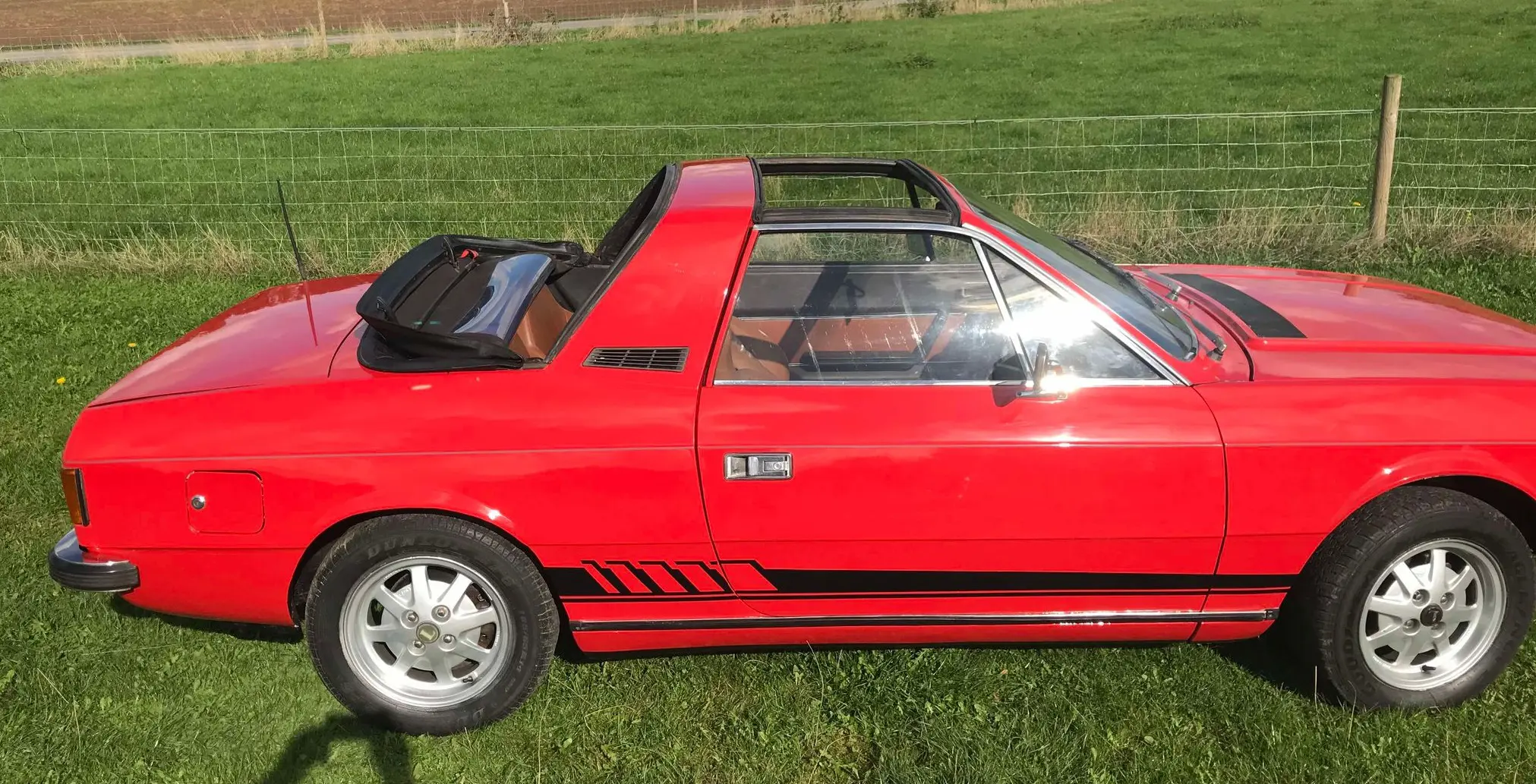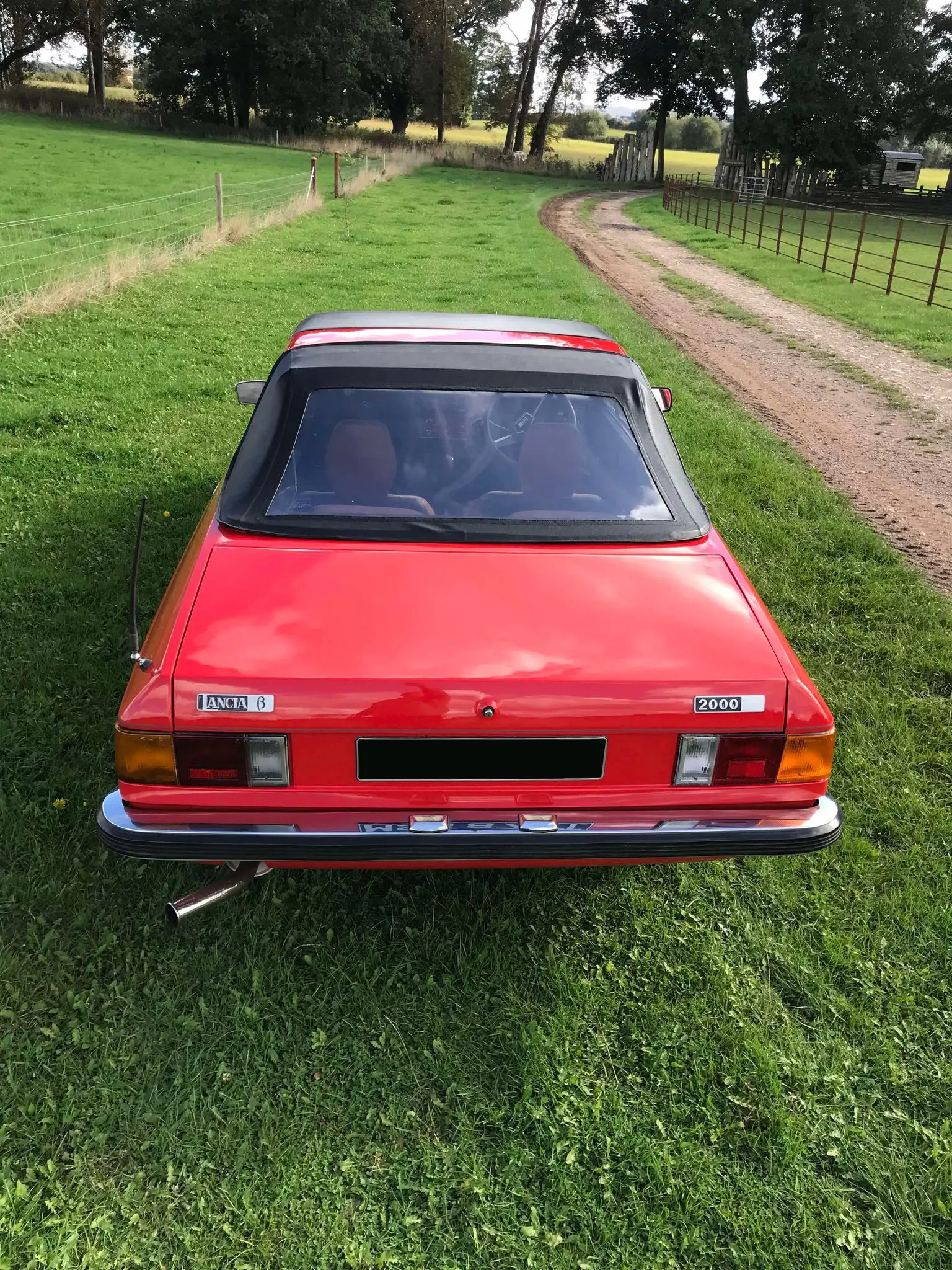MEET THE OWNER – TONY BROOKS AND HIS 1979 LANCIA BETA SPYDER
08 November 2024
Tony Brooks is a connoisseur of fine cars, and the previous owner of a Colt Sapporo. His most recent acquisition is equally distinctive; a vehicle that belongs in a Return of the Saint adventure, probably driven by a sun-shaded driver. The Lancia Beta 2-Litre Spyder always manages conveys an air of faint exoticism.

Lancia unveiled their Beta Coupe in 1973 and the Spyder at the 1974 Geneva Motor Show. Pininfarina designed the bodywork but had no interest in building it due to the projected low volumes, so Zagato constructed the Spider. According to https://viva-lancia.com/ their manufacture was not exactly straightforward:
Complete Coupè body-shells were transported unpainted from Chivasso to Terrazano di Rho where they were modified by Zagato. The modified bodies were returned to Chivasso in order to receive anti-corrosion treatment. The treated bodies were then sent again to Terrazzano di Rho where they were painted and finished internally. Finally, the semi-complete cars went back to Chivasso for the engine and transmission to be fitted. Then, on the road again to reach the dealers’ network. I let you imagine how much could cost nowadays a car built in such a way.

A Z logo in the bottom of the boot carpet denoted Zagato’s input, while the Spyder’s most notable feature was obviously the targa roof. Meanwhile, the anti-roll bar would hopefully appeal to American drivers - at that time there were rumours that the US government would outlaw open-topped cars. By the late 1970s, the UK was Lancia’s biggest market outside Italy, and the concessionaires promised the Spyder would “make you lots of lovely friends”. They also told prospective buyers should they return to “an ordinary car” after sampling a Beta, “you could drive yourself mad with regret”.

Your friendly local Lancia dealer could also claim the Spyder had very few competitors. In 1976, a Crayford-converted Ford Cortina was one option but that lacked the prestige of the Beta’s shield badge. For those who wanted a factory-built open four-seater, BL offered the Triumph Stag but that was a rather different form of car – a V8-engine grand tourer with elegant looks that harked back to the late 1960s.
The Stag was also considerably more expensive than the Lancia; £4,469 as opposed to the Spider 1.6 at £3,545 and the 2.0-litre model at £3,896. Of course, Ford would be happy to sell you a Capri 3.0 Ghia for £3,211 but its sliding roof was no substitute for the Lancia’s sheer brio. In 1980 Reliant introduced the Scimitar GTC but that was priced at £11,360.

Car praised the Lancia’s “dashing good looks” although they found back seats “too cramped for adults”. Spyder production ended in 1982 after 9,400 units, but it was always going to be niche model. A car such as Tony’s on display in a showroom might well have tempted a motorist to another member of the Beta family:
My Spyder was built in 1978 and registered in 1979. I bought it a few months ago, and have seen to the paintwork. Amazingly, the bodywork was not rotten. I recently took the Beta on a tour of Derbyshire, and it was lovely!

Plus - “And even young people pointed at it and said, ‘That’s a Lancia!’”.
With thanks to Tony Brooks for his time and permission to use the images in this blog.
